Objectives
Nelson Environmental Inc. (NEI) has extensive involvement in developing, designing and implementation of the water quality improvement system through the patented biological process of our company. Post commissioning and inauguration of the facility , NEI had been engaged as the facility management with particular scope focusing on monitoring the RCRC’s designated operation and maintenance contractor for the facility as well as the overall facility performance and wadi environment, towards meeting below objectives :
** Reduce organic pollution
** Reduce pathogenic bacteria in water
** Eliminate foul odors of water
** Channel nutrients into higher aquatic life forms
** Establish healthy biodiversity
** Create an aesthetically landmark facility
** Utilize the facility to educate peoples on the sustainable natural water pollution mitigation.
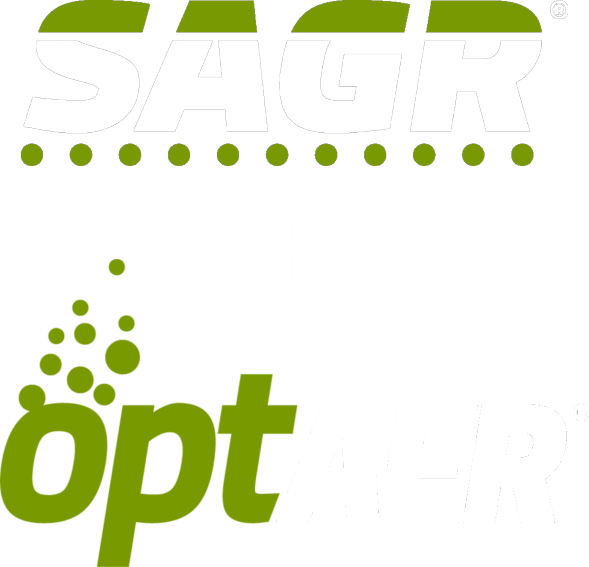
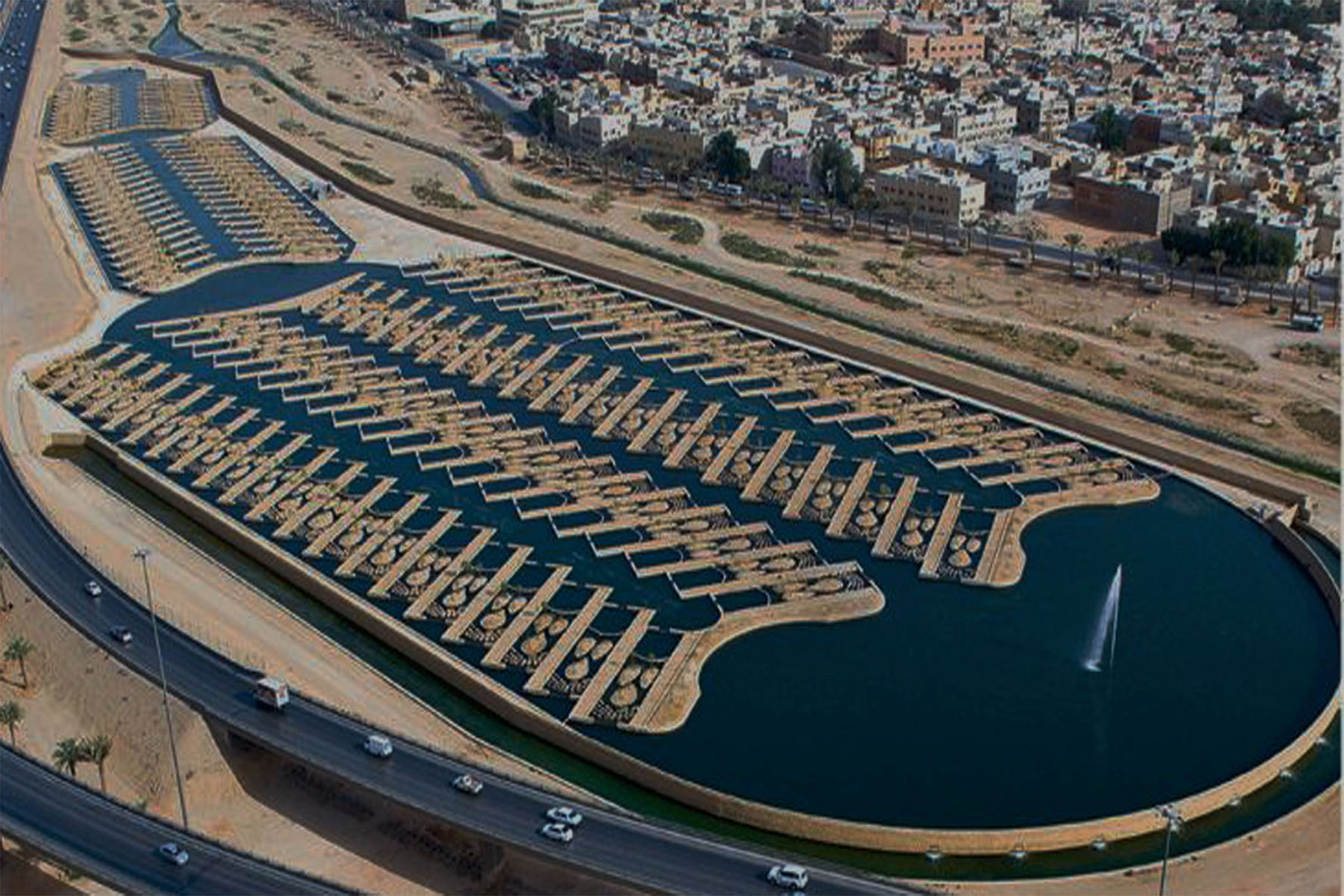
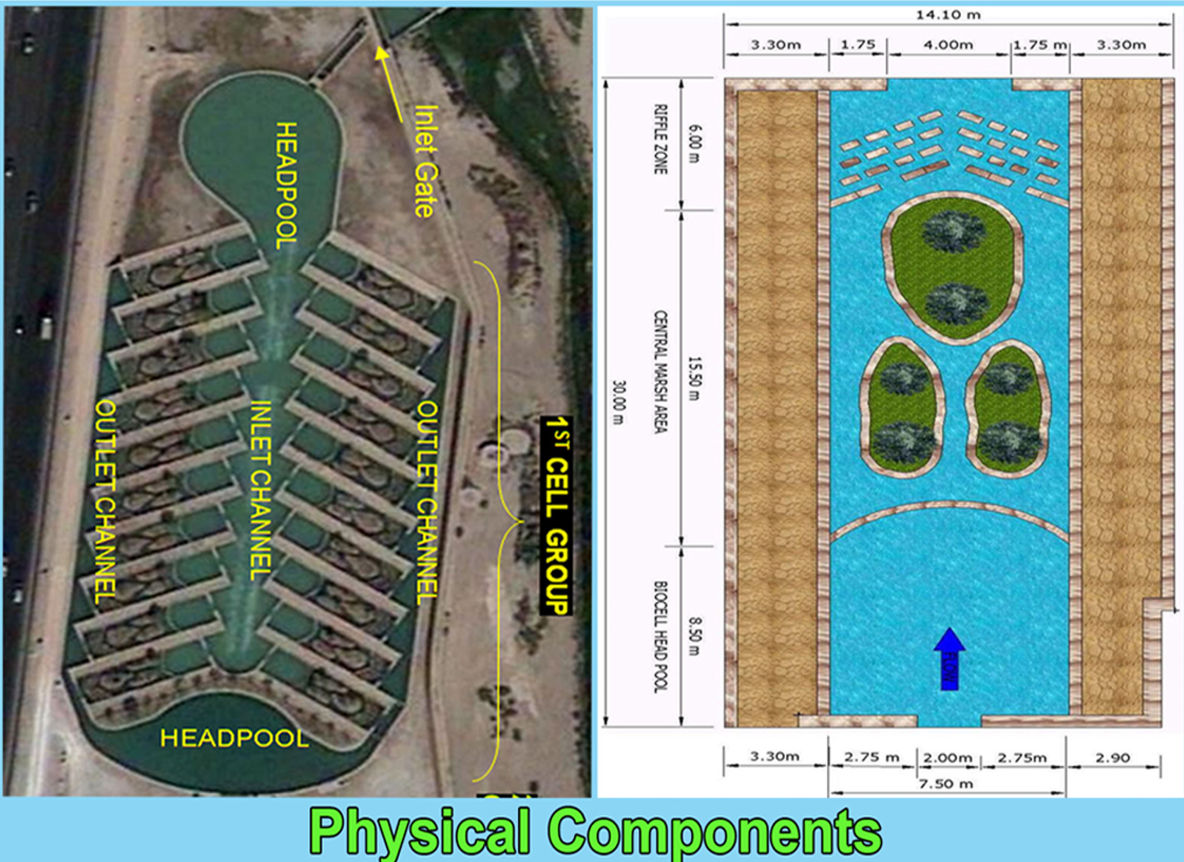
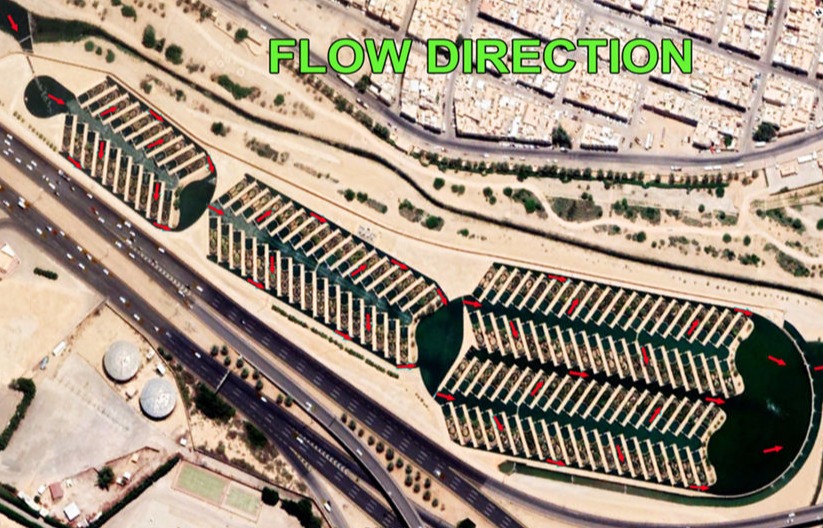
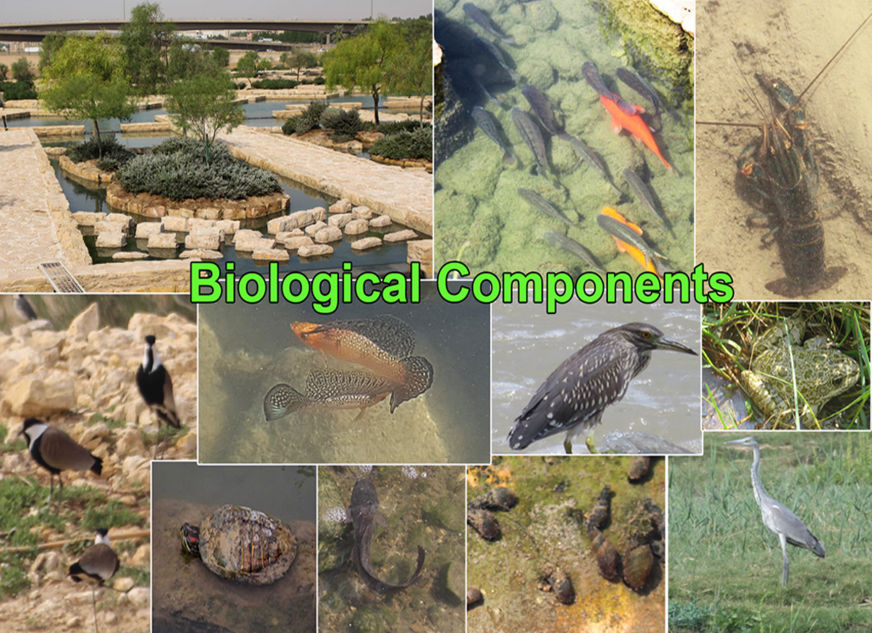
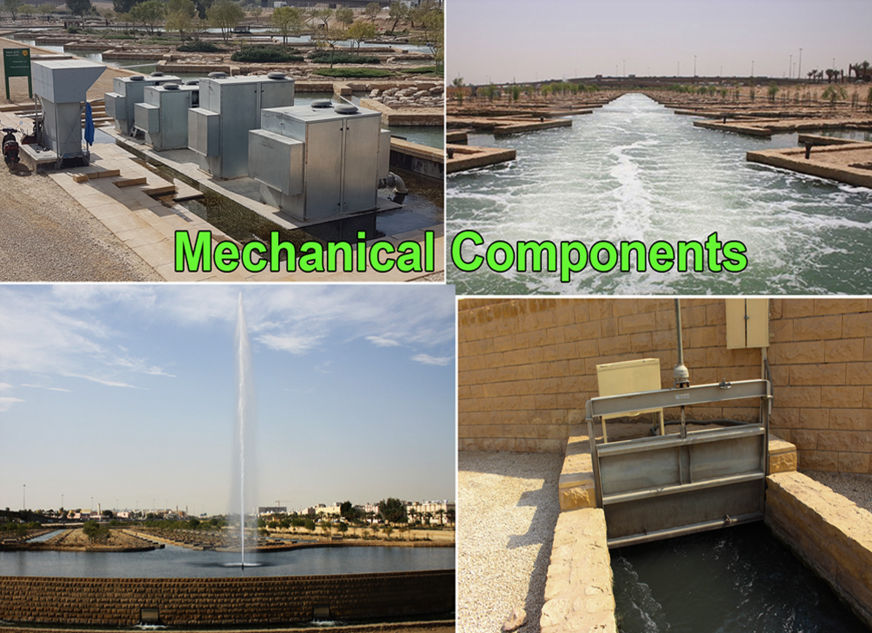
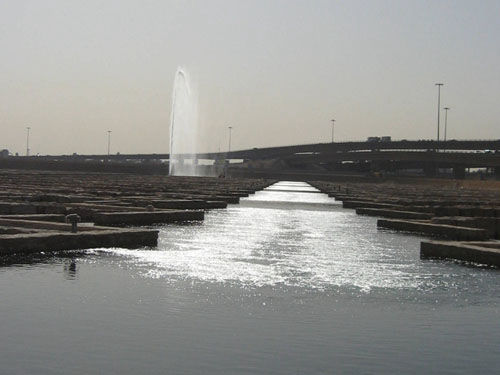
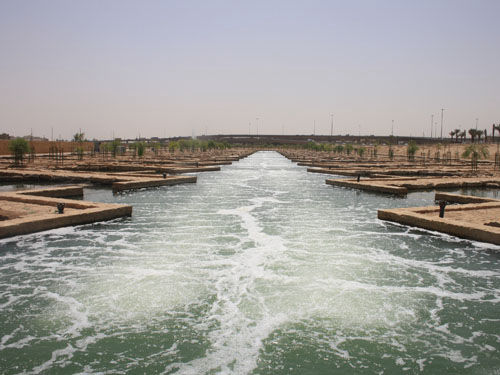
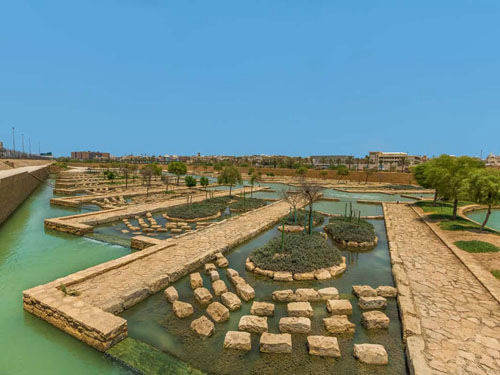
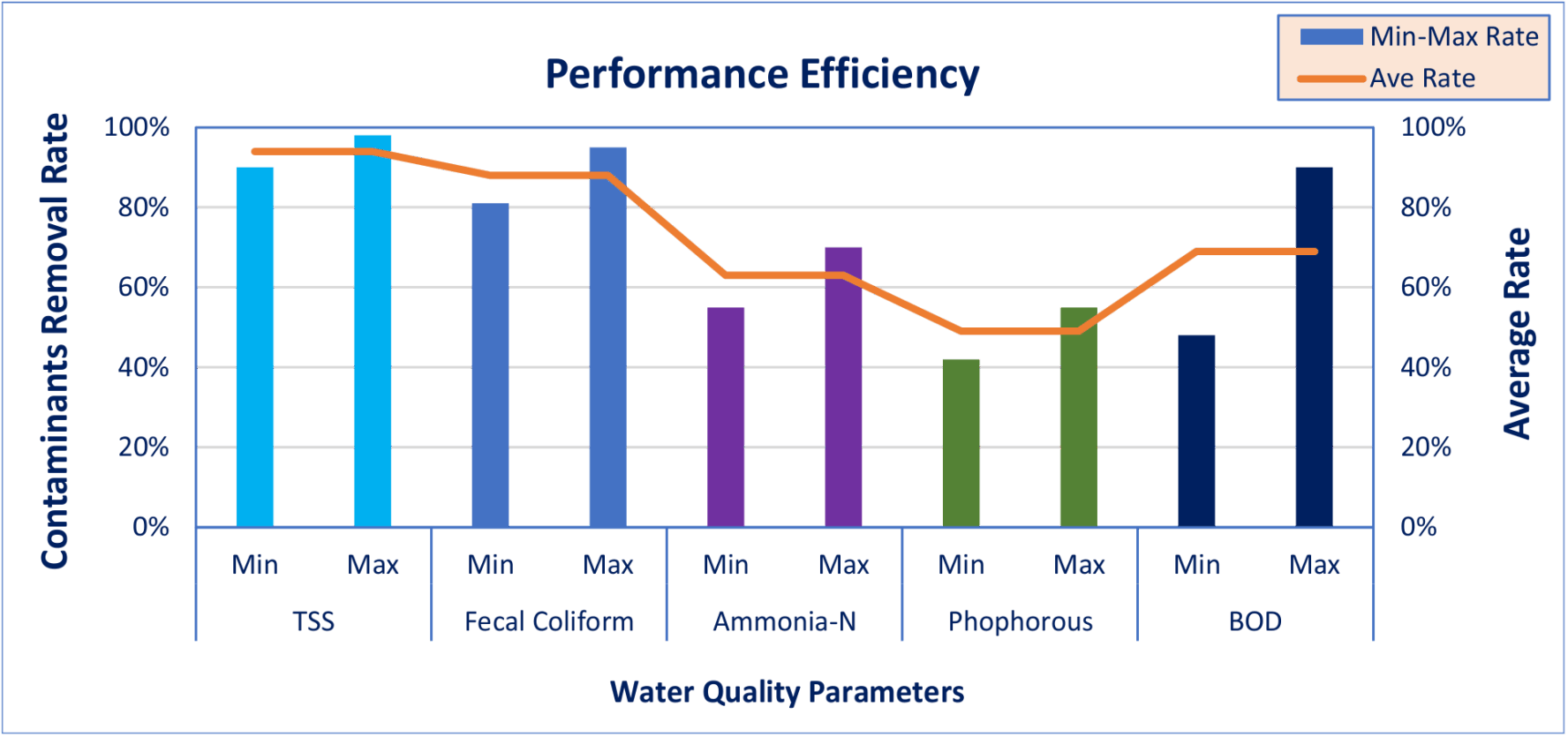
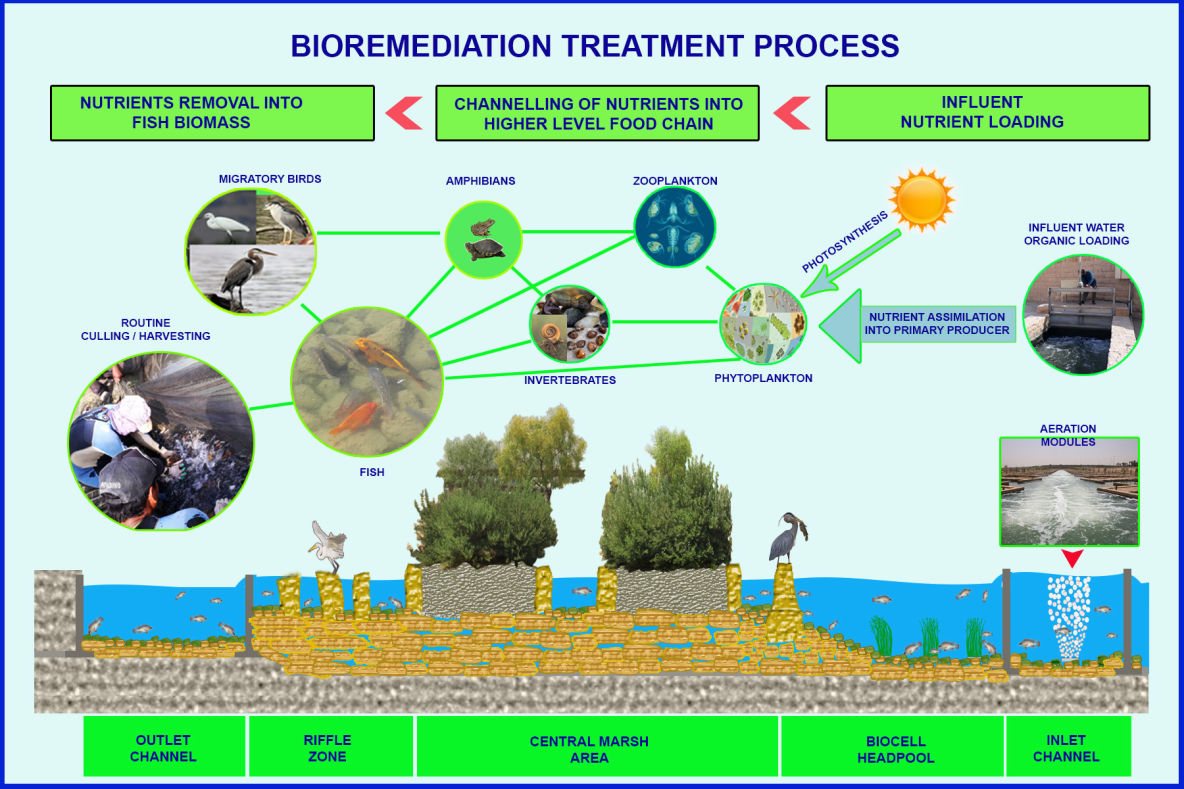
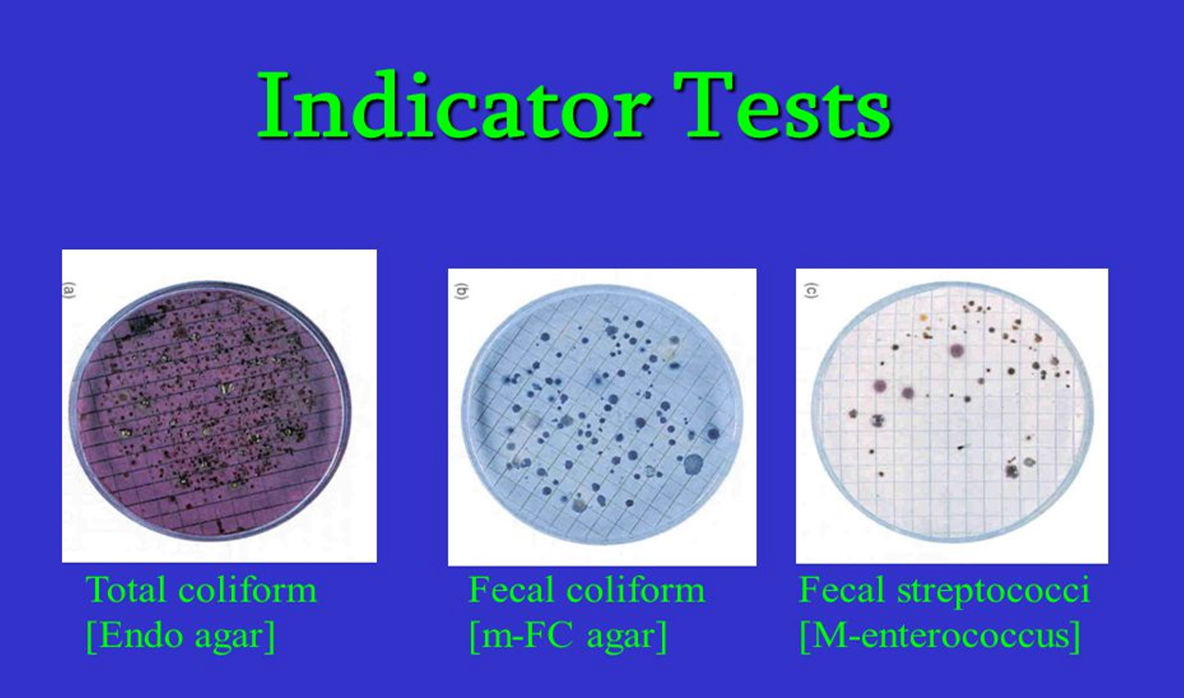
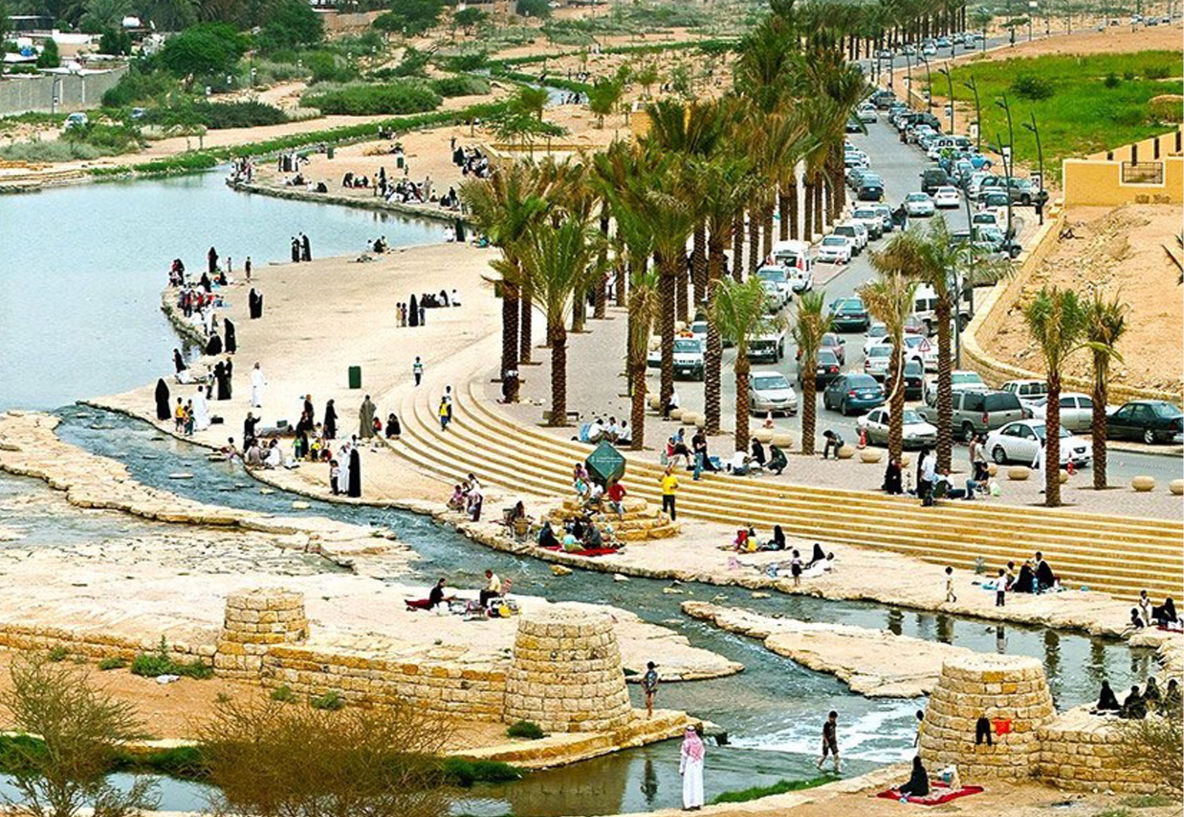
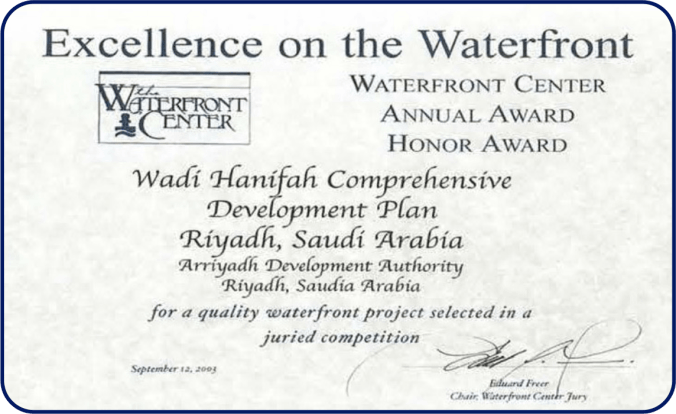
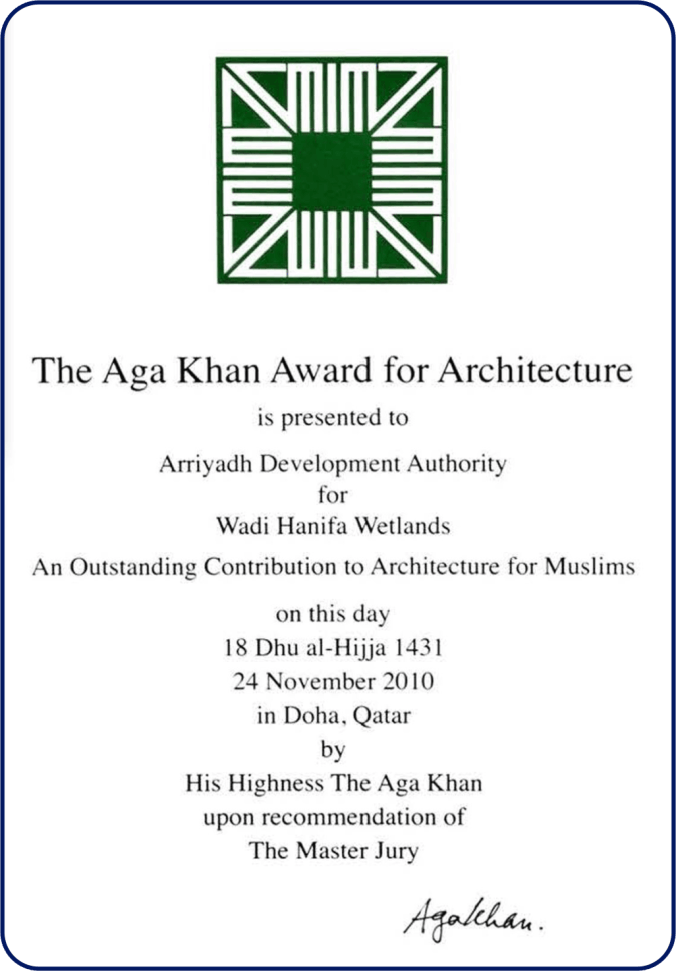
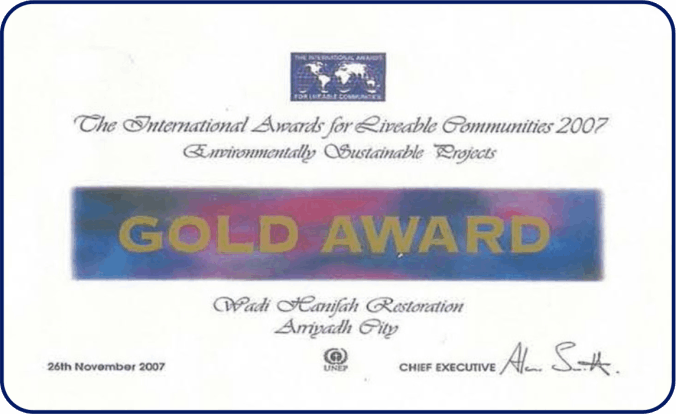
Floating Social Menu and Ribbons
Click the "gear" icon to change the layout of the social bar. This text will be removed on preview/publish.